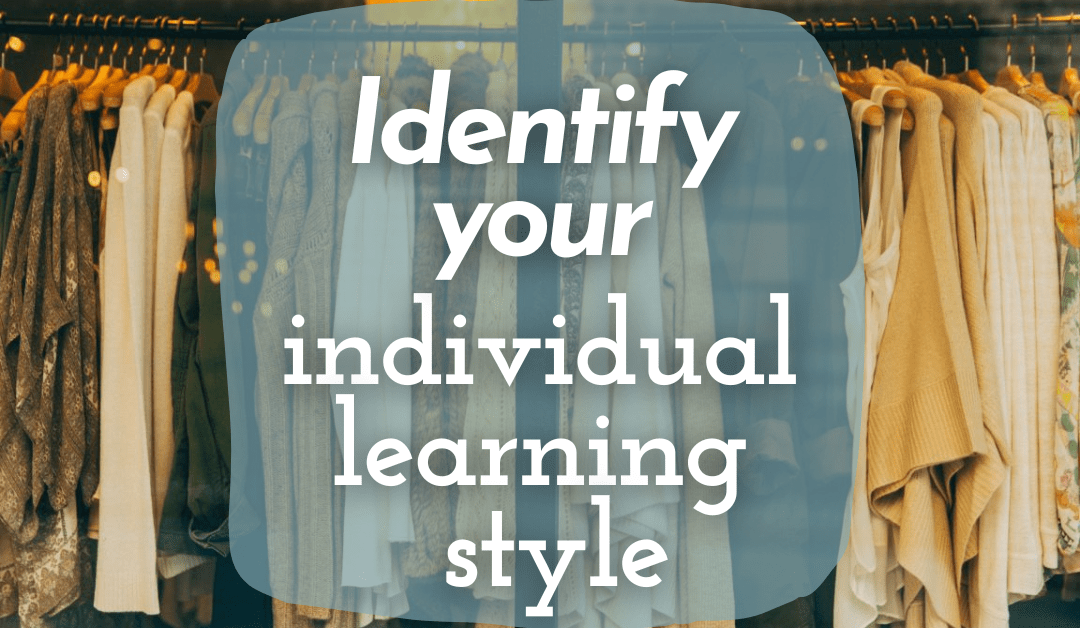We all have a preferred way to learn. Think about the last time you learned something new. Did the way you were taught actually help you learn? Or did you feel like you had to adapt to a style that didn’t really fit you?
Most of us probably already have a good idea of our individual learning styles, but sometimes — especially when it comes to language learning — we automatically adopt the methods that we used the first time we learned a language. Or, we keep using methods that no longer fit the stage we’re at in the learning process.
Learning styles aren’t fixed! Yes, each of us may lean slightly toward one style or another, but there’s no reason we can’t try something new. (I have brown hair, but I can easily dye it purple if I feel like it!)
Language coaching is a great way to explore your personal learning style. It may even reveal some new ways to practice that will make your language learning journey more fun and better suited to you!
Below is a nice review of the standard learning styles that I’ve adapted from the College of English Langauge.
“In general, there are eight learning styles that are most common among people – four perceptual, two cognitive, and two that have to do with the learner’s personality.”
Perceptual learning styles
“Four of the most common learning styles have to do with how individuals perceive the world around them, i.e. what is their “main” of the perceptive senses.
Visual learners – Those people with a tendency for visual learning love reading, as they enjoy seeing the words and the letters in front of them. Also, they enjoy making language connections through flashcards or photographs.
Auditory learners – As the name suggests, auditory learners love to learn through sound. They immensely enjoy interacting and conversing with others. They do not need to see words in writing.
Tactile learners – Those English language learners who have an affinity for the tactile enjoy manipulating various teaching materials while learning a language. They love what’s known as hands-on work.
Kinesthetic learners – These kinds of learners enjoy taking long breaks and being physically active while learning English. They don’t enjoy sitting behind desks for extended periods of time and they like to move around while learning.”
Cognitive learning styles
“There are two cognitive learning styles that can affect the way you thrive when learning English.
Field-dependent learners – Another name for analytic learners, these individuals like to focus all their attention on the tiny details of the language. They enjoy learning grammar rules, and they enjoy breaking down language parts into smaller ones. Because of their attention to the little details, they can fail to see the big picture when learning a language.
Field-independent learners – They also go by the name global learners. They do not like to get into the minutiae of English. They do not care about the inner workings of a language. They focus on the big picture, all that a language stands for, and they want to convey an idea, not worry about the impeccable grammar behind it.”
Personality learning styles
“Finally, even a learner’s personality can influence the manner of learning a language.
Reflective learners – These learners enjoy thinking about a language, pondering how they can convey their thoughts accurately, and reflecting upon their language learning efforts. They tend to make fewer mistakes, but they also tend to take longer to convey a message.
Impulsive learners – These learners are born to take risks when learning English. They want to speak, they want to interact, and they do not concern themselves too much with the grammar. They’re always trying out new things, they make mistakes, and learn through them.”
What about you? Which of these styles best describe you? Can you think up some language learning and practice activities that might fit your style better than what you’re doing now?

